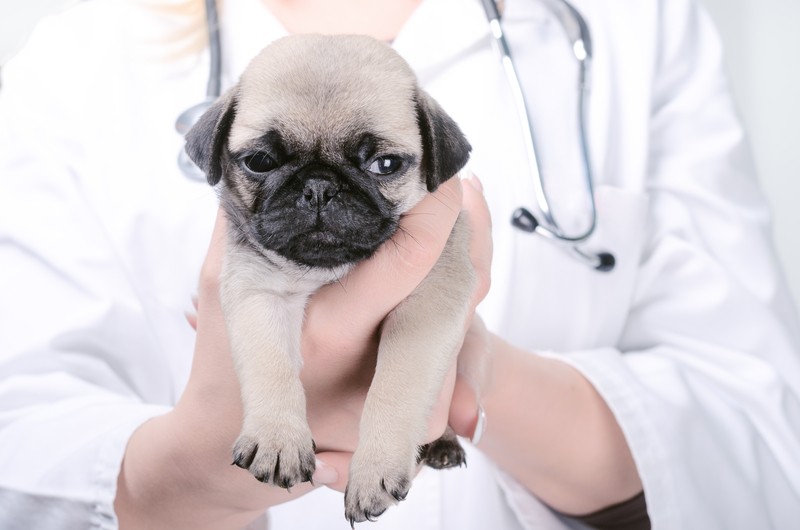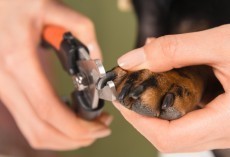Again, the risks of anesthesia are usually minimal but there is always a risk. If you have concerns read the following about what happens before, during and after a procedure when anesthesia may be necessary.
Before Anesthesia
Prior to receiving anesthesia, your veterinarian will perform a thorough physical exam on your pet, review your pet’s medical history and discuss any risk factors. Your veterinarian may also perform blood tests on your pet to check for any indications of a developing medical problem or anesthetic risk. If you have any questions about your pet’s health or his or her anesthetic risk, ask your veterinarian for an explanation that will help you make an educated decision.During Anesthesia
While under anesthesia, your pet will receive monitoring and care comparable to what you’d receive if you underwent anesthesia. This may include intravenous fluids and/or medications to support your pet’s circulation and blood pressure; an endotracheal tube inserted into your pet’s trachea (windpipe) to deliver the anesthetic gas and provide oxygen to your pet’s lungs; pulse oximetry to measure the oxygenation of your pet’s blood; blood pressure monitoring; temperature monitoring and warming blankets to prevent hypothermia (low body temperature); and electrocardiography (ECG, also called EKG) to monitor your pet’s heart.After Anesthesia
Once the procedure is done and it’s time for your pet to wake up from the anesthesia, your pet will likely be placed in a quiet, semi-dark cage or kennel to recover. Pets are closely monitored during this time to make sure that they are recovering normally and that care is provided quickly if there are any problems. Pads and blankets are used to keep your pet warm during the recovery, but it’s not uncommon to see a pet shivering while they recover from anesthesia; however, this doesn’t necessarily mean your pet is cold. Some pets may also vocalize (whine, bark or meow) during recovery. The endotracheal tube is removed when your pet is awake enough to swallow normally. Fluids and/or medications may be continued through recovery, depending on your pet’s condition.
If a pet parent still has concerns they are urged to speak directly to their pet’s veterinarian about the protocols for anesthesia, what happens, who is involved, and how your pet will be taken care of after the procedure.
Also, if you are taking a pet to a new vet and he has had previous complications at his previous provider’s office you will always want to make his new doctor aware of the situation.
For more information please check out AVMA and read more about your pet and anesthesia.










Pamela Davis
- Edit
So adorable
Harrell May
- Edit
We lost our pug to this. Heartbreaking
Amy Bethel
- Edit
we lost our pug puppy last month under anesthesia during her spay surgery. it’s always been scary but the fear is so much worse now.
Javier Ramon Jr.
- Edit
Erica Phalen